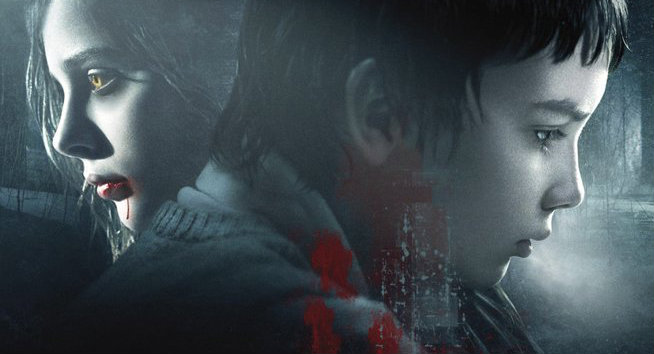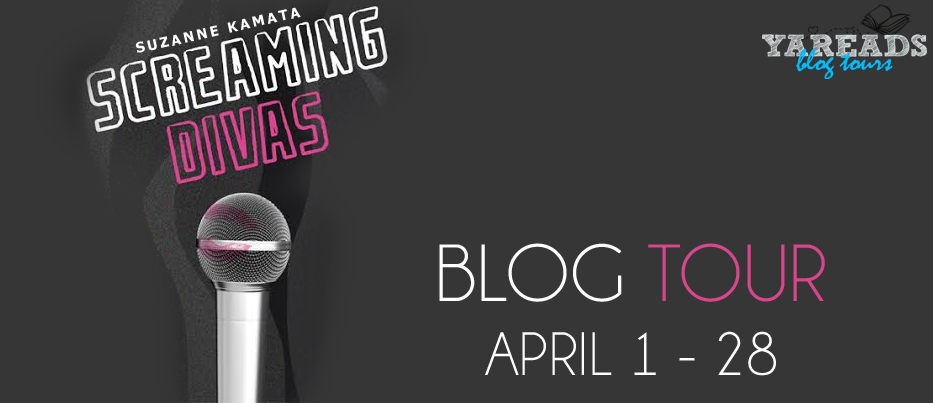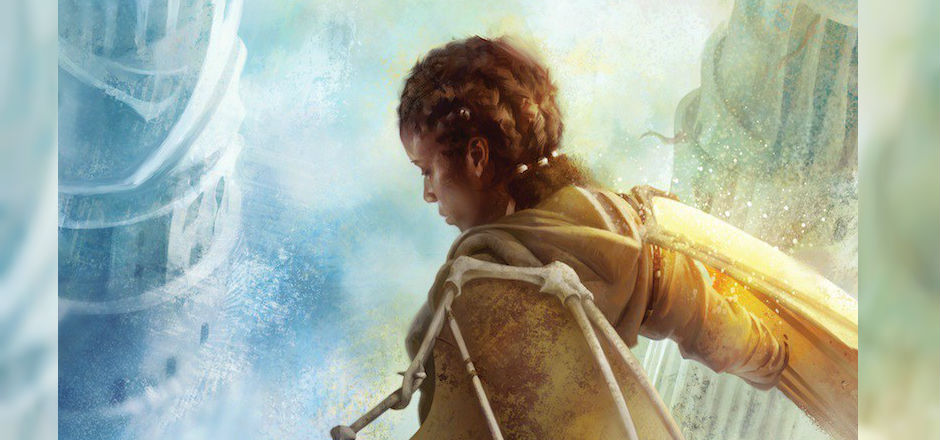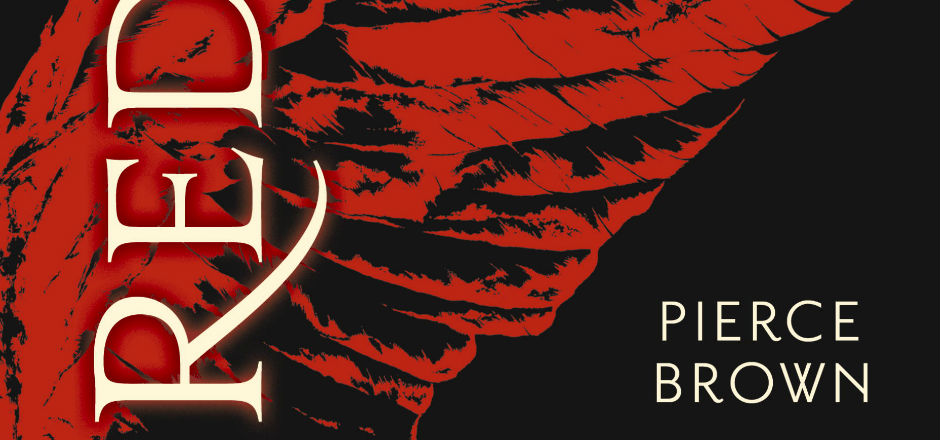Let the Right One In, originally published in 2004 in Swedish under the title Låt den rätte komma in, is a fiction novel by John Ajvide Lindqvist that caught my attention when I first saw the trailer for the English-language film adaptation titled Let Me In. After a few years of watching vampires in novels, films, and TV shows romanticized, I gravitated towards what looked like a darker depiction of these supernatural creatures. Let the Right One In was just what I needed – and more.
Set back in 1981 in the suburb of Blackeburg, Sweden, twelve-year-old Oskar is bullied at school, day after day. The steady rhythm of his daily peer abuse is broken when a teen boy’s body is found, completely drained of blood in what the news speculate is a cult killing. Oskar is morbidly interested in the follow-up of the killing, but he’s also taken an interest in Eli, the girl who just moved in next door to the apartment where Oskar lives with his mother. Oskar and Eli strike up a strange friendship where, though she doesn’t attend school and only comes out at night, they hang out frequently at the playground despite the news that the killer of the first teen is still at large. As their friendship progresses, Eli helps Oskar gain the courage to fight back against the bullies in his life, and Oskar begins to realize Eli isn’t all she appears to be.
The dark tone of the novel matches the topics Lindqvist tackles in the story, many of which I hadn’t expected to stumble across. School bullying becomes a highlight through Oskar’s tale, as much of his character development stems from the abuse he suffers at the hands of his tormentors, and of course the topic of murder is central to the plot, but there’s also graphic instances of pedophilia that were, at times, hard to stomach. This didn’t detract from the quality of the writing, but merely made me as a reader move a little slower through the story as I tried to get through these difficult spots. It is, however, a testament to Lindqvist’s writing that he handled such serious topics in a tactful and realistic manner as he refused to gloss over the gritty details.
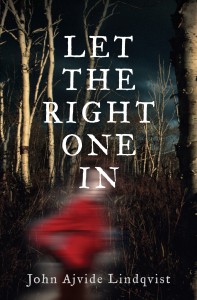 This is very much a character-driven narrative, and it’s the characters that make the story so tangible and realistic, despite it being a tale about vampires. Different chapters take turns focusing on different characters, and as a result I was able to get a taste of both Oskar and Eli in their natural habitats with their unfiltered thoughts, as well as Håkan, Eli’s guardian and helper who poses as her father when in the public eye.
This is very much a character-driven narrative, and it’s the characters that make the story so tangible and realistic, despite it being a tale about vampires. Different chapters take turns focusing on different characters, and as a result I was able to get a taste of both Oskar and Eli in their natural habitats with their unfiltered thoughts, as well as Håkan, Eli’s guardian and helper who poses as her father when in the public eye.
Oskar as the main character and protagonist was easy to sympathize with, as a bullied youth with little to no friends. He’s quiet, inquisitive, and observant, but he’s also very human in that he falls prey to normal human flaws such as spite and a thirst for vengeance.
This is, in fact, what makes these characters so brutally real: they’re all flawed, whether they’re supposed to be the ‘hero’ or not. Lindqvist challenges the reader to accept these characters as they are, negatives and all.
Eli, as the headstrong and confident heroine who allies with Oskar, has her own dark secrets that often cast her in unfavorable light, but following her through her good moments – and she has plenty of them, especially in regard to Oskar – balances her character. She’s hyper-realistic, straddling both sides of humanity, and she’s unapologetic about both sides of herself. It’s here she finds her strength and her ability to set aside her own problems to help Oskar with his. She helps him tap into the darker side of his own humanity – his desire for revenge on his bullies, essentially – and becomes the source of his strength during the course of the novel while still holding her own and never becoming simply a plot device.
My only complaint about the book would be the inclusion of a certain side-plot that seemed too drawn-out. Quite a few chapters are devoted to a group of friends that seemingly have no place in the story arc other than to provide outside commentary on the news in town; oftentimes the group is hanging out at a bar discussing the latest murder and gossiping amongst themselves. It isn’t until about two-thirds of the way into the novel that their relevance is made clear, and while on the one hand I can appreciate the slow burn of a side plot merging with the main arc, I found myself simply skimming the chapters that focused on the group.
Though the book is dense with character development and exposition, it’s a twisted tale that is, essentially, a coming-of-age novel with vampires thrown in. The darker elements of the narrative fit in with the theme of darkness in humanity, what it really means to be human versus what it means to be a monster, and how are the two different, if they even are at all?
4 out of 5 stars
Gabby Taub, the Fantasy Reviewer at Girls in Capes, is a senior at New York University studying creative writing. She enjoys reading, writing, watching TV, and spending time getting lost among the bookshelves at Strand Bookstore.
